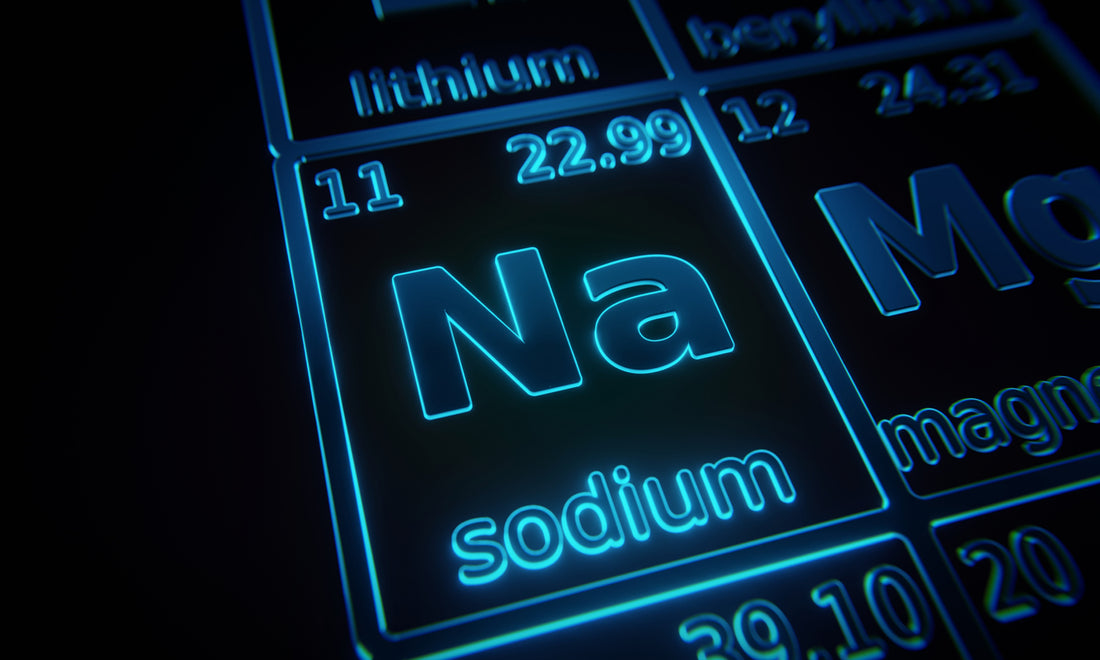
In the practice of lampworking (also called lampwork, flameworking or torchworking), a hydrocarbon-based torch flame is used to heat glass above its softening point where it can be worked into a desired shape. When the torch flame is applied to the glass surface, a small amount of elemental sodium (a type of metalic element) is sublimated from the surface of the glass and then burned in the flame. This burning causes an intense bright yellow light called a "sodium flare". The intense yellow light corresponds to the sodium emission line, which predominantly consists of yellow light with a wavelength of 589 nanometers.

The same type of yellow light may also be observed in low pressure and high pressure sodium vapor lamps, which were once popular for use in parking lots, parking garages and tunnels at night due to their high efficiency, however have now been replaced with LED lights.
Due to the high intensity of the sodium flare light, it is essential to use lampworking safety glasses that are designed to filter out the specific wavelength of light created by the ignition of elemental sodium. In addition, due to the high temperatures involved, lenses that filter infrared light with a minimum rating of Shade #3 according to the ANSI Z87.1 standard is strongly recommended. The torch flame itself also emits ultraviolet and high-intensity blue light, which should be filtered out by the lenses to ensure long term eye health of the glassworker.

